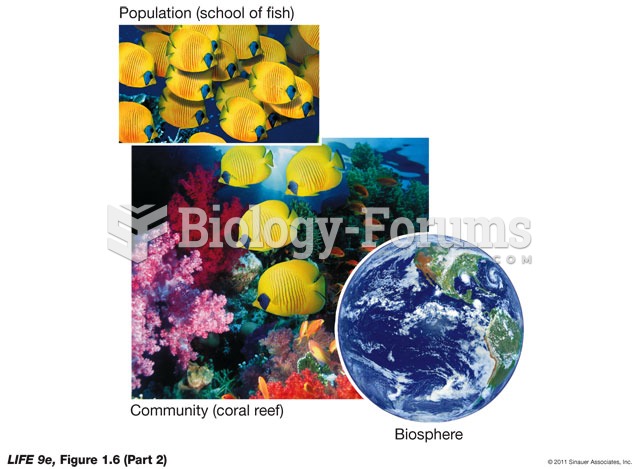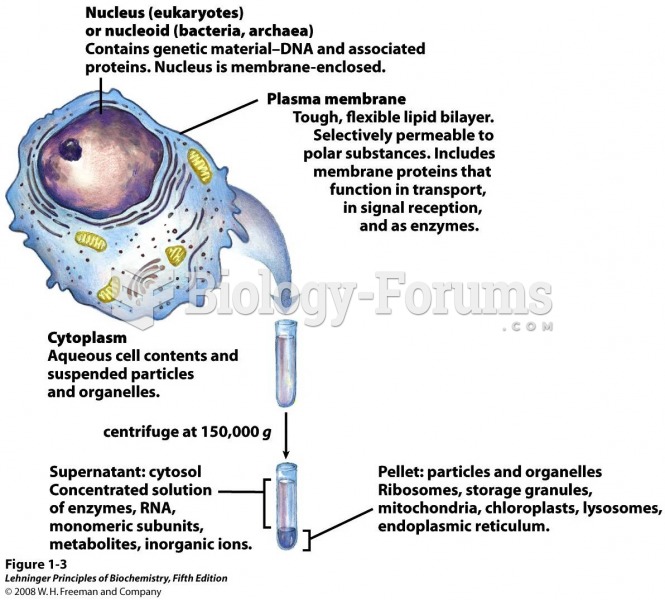Answer to Question 1
Answer: A boundaryless organization is one whose design is not defined by, or limited to, the horizontal, vertical, or external boundaries imposed by a predefined structure. A virtual organization typically consists of a small core of full-time employees and outside specialists temporarily hired as needed to work on projects. By relying on these virtual employees, the company enjoys a network of talent without all the unnecessary overhead and structural complexity.
A network organization uses its own employees to do some work activities and networks of outside suppliers to provide other needed product components or work processes. This organizational form is sometimes called a modular organization by manufacturing firms. Such an approach allows organizations to concentrate on what they do best by contracting out other activities to companies that do those activities best.
Answer to Question 2
Answer: The matrix structure assigns specialists from different functional departments to work on projects being led by a project manager. One unique aspect of this design is that it creates a dual chain of command because employees in a matrix organization have two managers: their functional area manager and their product or project manager, who share authority. The project manager has authority over the functional members who are part of his or her project team in areas related to the project's goals. However, any decisions about promotions, salary recommendations, and annual reviews typically remain the functional manager's responsibility. Many organizations use a project structure, in which employees continuously work on projects. Unlike the matrix structure, a project structure has no formal departments where employees return at the completion of a project. Instead, employees take their specific skills, abilities, and experiences to other projects. Also, all work in project structures is performed by teams of employees. Employees join project teams because they bring needed skills and abilities to that project. Once a project is completed, however, they move on to the next one.






